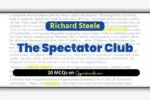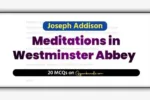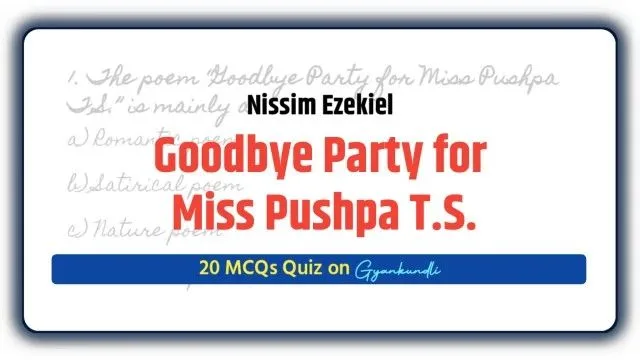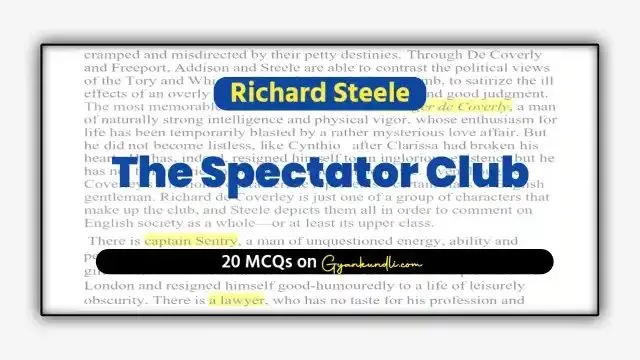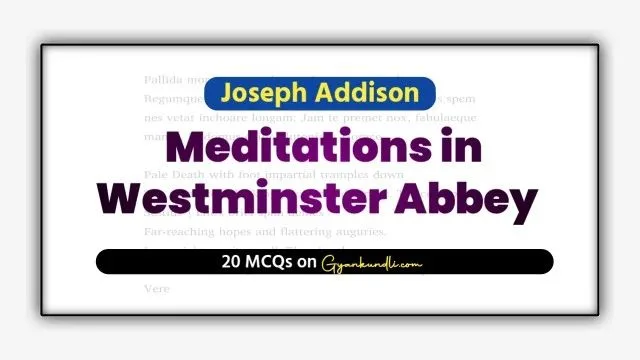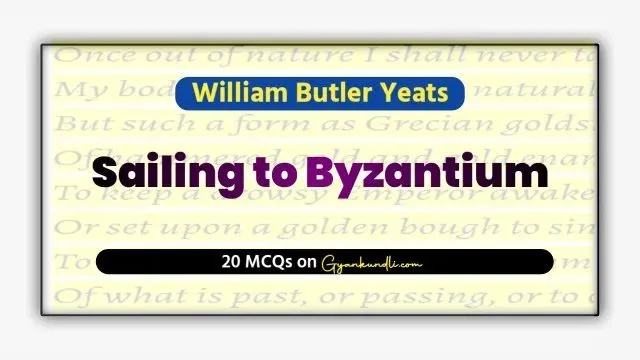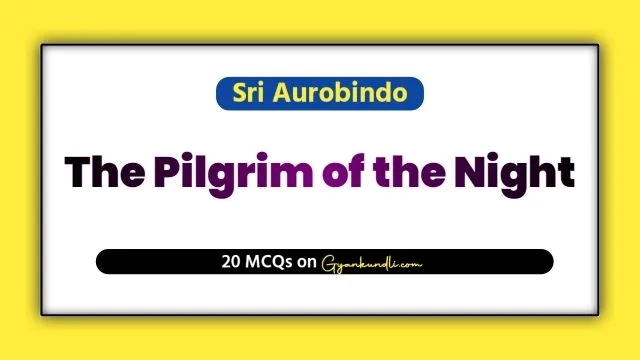Andrea del Sarto MCQ Quiz : Robert Browning (1812–1889) was one of the greatest Victorian poets of England, known for his mastery in writing dramatic monologues. He was born in Camberwell, London. His father worked in the Bank of England and had a deep interest in literature and art. Browning received early education at home, where he developed love for reading poetry in English, Greek, and Latin. In 1846, he married the poet Elizabeth Barrett, and the couple moved to Italy, where Browning spent most of his later life.
Robert Browning’s poetry reflects his deep understanding of human psychology, moral struggles, and artistic spirit. His famous works include My Last Duchess, Porphyria’s Lover, The Last Ride Together, Fra Lippo Lippi, and Andrea del Sarto. His writings The Ring and the Book and Men and Women also show his mastery over the dramatic monologue form.
About the Poem Andrea del Sarto
“Andrea del Sarto,” published in 1855 in Men and Women, is one of Browning’s finest dramatic monologues. The poem is based on the life of a real Italian painter, Andrea del Sarto (1486–1530), known as “the faultless painter” for his technical perfection. In the poem, Browning presents Andrea as a skilled artist who lacks spiritual depth and moral strength.
Andrea speaks to his wife, Lucrezia, expressing his inner conflict between artistic ambition and emotional weakness. Though he is technically perfect in art, he feels incomplete because he lacks inspiration and courage. Through Andrea’s voice, Browning explores the theme of the struggle between art and life, perfection and passion, and moral weakness and artistic failure.
Form, Meter and Rhyme Scheme of Andrea del Sarto
“Andrea del Sarto” is written in iambic pentameter, a metrical pattern in which each line has ten syllables with alternating unstressed and stressed beats (da-DUM da-DUM da-DUM da-DUM da-DUM). This regular rhythm gives a natural flow to Andrea’s reflective speech.
The poem is composed in blank verse, meaning it is unrhymed iambic pentameter. This form allows Browning to create a conversational and dramatic tone suitable for a monologue. The absence of rhyme makes the poem sound natural and emotional, as if Andrea is speaking his thoughts aloud.
The complete text of Andrea del Sarto can be accessed here : Andrea del Sarto The Poetry Foundation
Andrea del Sarto MCQ Quiz
Discover more from Gyankundli
Subscribe to get the latest posts sent to your email.




